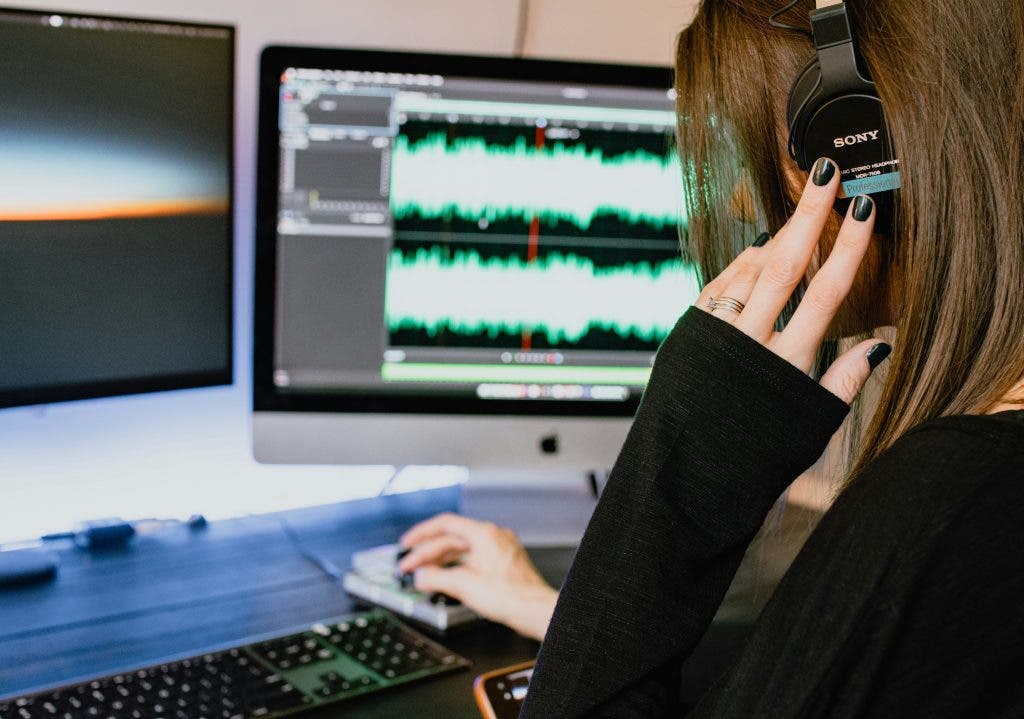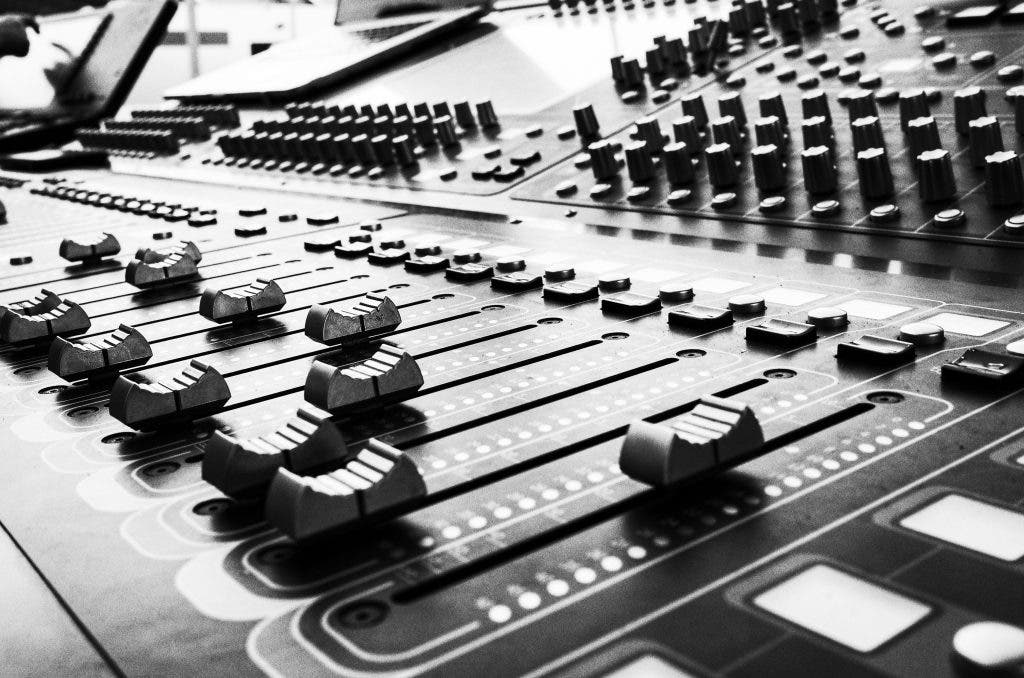Audio production is all about control, creativity, and efficiency, but sometimes the workflow can feel like wrestling a stubborn octopus. Enter ARA — the magical glue that connects your digital audio workstation (DAW) with your favorite plugins. It turns your complex editing tasks into a seamless experience. No more painful back-and-forth between tools. ARA integration smooths out the process so you can focus on making great music.
In this article, I’ll answer, “What is ARA?”, how it works, and why its integration is beneficial. I’d also like to talk about why it’s a game-changer in audio production, and which plugins support it. Buckle up! You’re about to learn how this integration can revolutionize your music workflow.
ARA for DAW vs ARA in Audio

In short: for DAW, it makes your life easier. In audio, it gives plugins all-access passes to do their thing without waiting. But let me explain more.
What is ARA for DAW?
For your DAW, ARA is an assistant that helps your DAW and plugins work together in harmony. Normally, you’d have to render audio, waiting for your DAW to spit out a finished version, and then finally letting your plugin do its thing.
But with ARA, all that fuss disappears. It lets your DAW and plugins interact directly, so you can make edits — whether pitch correction or timing tweaks — without the awkward “Are you done yet?” moments.
ARA in audio?
It stands for Audio Random Access. It means plugins can dive right into any part of your audio whenever. No waiting for the whole track to play through or render before the magic happens.
With ARA integrated into your audio production, you’re giving plugins a fast pass to your audio. They can instantly tweak pitch, timing, and more. Just like if you were rearranging building blocks!
How does ARA work?

ARA’s magic lies in its ability to give plugins direct access to the audio material in your DAW timeline. It lets the plugin read, write, and modify your tracks without you having to bounce or render anything. Here’s a basic rundown of how it works in a DAW:
- Instant Audio Access: Plugins can access the entire audio file immediately — no need for the DAW to pre-process it.
- Non-Destructive Editing: Changes made in an ARA-supported plugin can be undone or modified later. You don’t have to re-import the audio.
- Bi-Directional Communication: It allows the DAW and the plugin to exchange detailed information like tempo, pitch, and timing, enabling much more precise edits.
- Enhanced Workflow: By cutting out extra steps, it speeds up your workflow, whether you’re tuning vocals or adjusting timing on an instrument track.
What are the key benefits of ARA integration?
ARA is more than just a fancy acronym — it fundamentally changes how you work in a DAW. Here are the key benefits:
1. Speed
ARA’s ability to remove the need for rendering makes your workflow insanely faster. No more waiting for your DAW to process the audio before you can start tweaking it. The plugin can analyze and modify your audio instantly.
2. Non-Destructive Editing
Unlike older methods where you’d have to commit to an edit by rendering or bouncing tracks, ARA allows you to make changes at any point. ARA keeps everything editable, non-destructively.
3. Enhanced Musical Precision

Because ARA gives plugins direct access to tempo, pitch, and note data, tools like Melodyne can detect and manipulate individual notes with pinpoint accuracy.4. Improved Plugin Compatibility
ARA-supported plugins can communicate deeply with the DAW. This means fewer crashes, smoother operation, and a more reliable, stable workflow. Plus, both the DAW and plugin stay in sync automatically, reducing those annoying moments when the plugin data doesn’t match the DAW timeline.
5. Better Time Management
If you’re on a tight deadline, ARA integration can be a lifesaver. You don’t have to repeat rendering and re-importing.
What Plugins Use ARA?
If you’re now sold on ARA, it’s time to know which plugins support it. Below are some of the major plugins that use ARA integration:
1. Celemony Melodyne 5
Perhaps the most famous plugin, Melodyne 5 is the gold standard for pitch correction, timing adjustments, and note-by-note editing. It uses Audio Random Access to instantly access audio from your DAW without needing to render.
2. Synchro Arts Revoice Pro

Revoice Pro is a powerhouse for aligning vocal takes or synchronizing doubled guitar tracks. With Audio Random Access, Revoice Pro can instantly access the original and the doubled tracks in the DAW, allowing you to sync them up.
3. Antares Auto-Tune
Auto-Tune, the iconic pitch correction tool, also supports Audio Random Access. This enables real-time tuning without having to export and import files, making it faster and easier to correct pitch issues on the fly.
4. PreSonus Studio One 5’s Native Plugins
PreSonus, the co-developer of Audio Random Access, integrated this technology deeply into their DAW, Studio One. Studio One’s native plugins, such as its own pitch correction and editing tools, use ARA to offer users a seamless and non-destructive experience when working with audio.
5. Vocalign
Vocalign is a tool for synchronizing the timing of different vocal tracks or layered vocals. With ARA, it can instantly analyze and align multiple takes without you having to manually render or bounce them first.
It’s How to Make Audio Editing Faster
In this article, we explored how ARA integration enhances audio production within your DAW. We also covered what ARA is, how it works, its benefits like speed, non-destructive editing, and precision. There’s even a list of popular plugins that make use of ARA. Essentially, ARA turns tedious, time-consuming processes into quick, effortless actions, giving you more time to focus on what really matters — your music.






